INVENTORY PLANNING & OPTIMIZATION
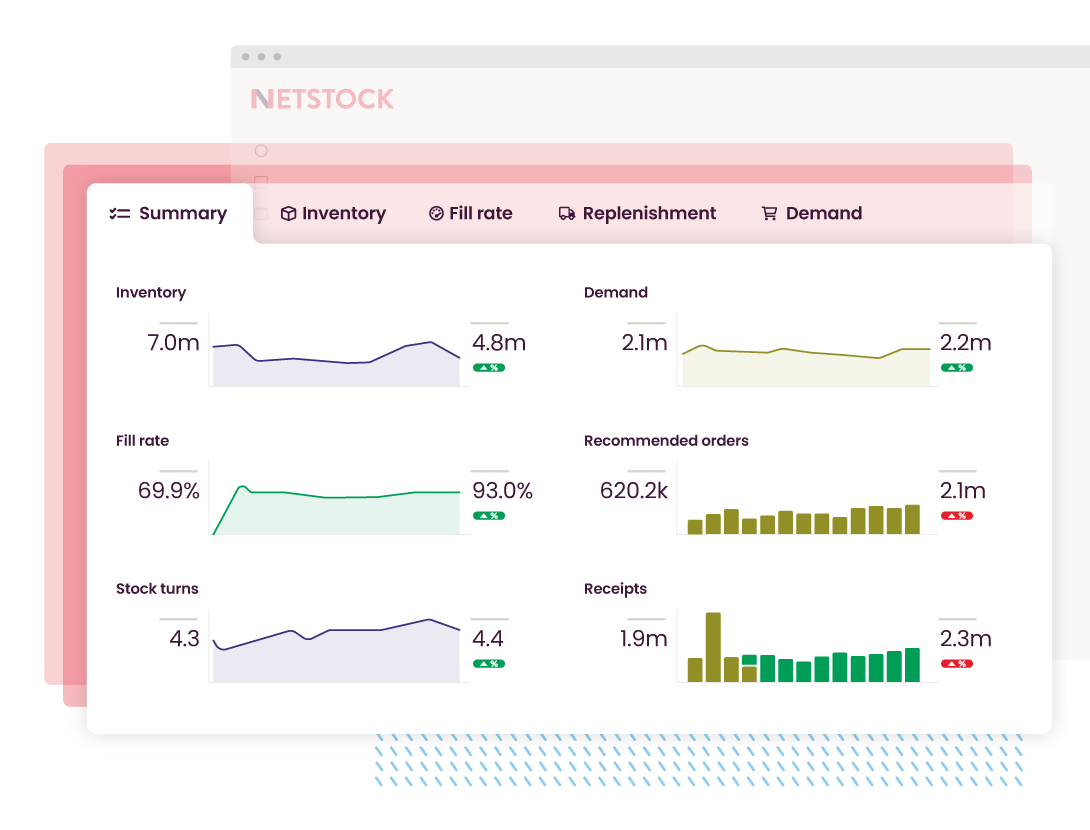
Introducing Netstock’s AI Pack
Netstock’s AI tools help solve specific problems and generate better results - making inventory management faster and easier. With one click, you get an AI expert who collaborates daily to identify and resolve issues, providing actionable recommendations - saving you time to focus on what matters.

Inventory insights that power growth
Maximize the value of your inventory optimization investment
Use predictive demand and inventory management software to make smart inventory decisions
Capture lost sales & revenue — and drive customer satisfaction
Hit fill rates and prevent stock-outs
Reinvest capital savings to power strategic goals
Free working capital tied up in overstock
Eliminate excess stock and shortages across multiple warehouses
Redistribute inventory to where it’s needed most across global supply chains
Netstock layers predictive intelligence on your ERP data
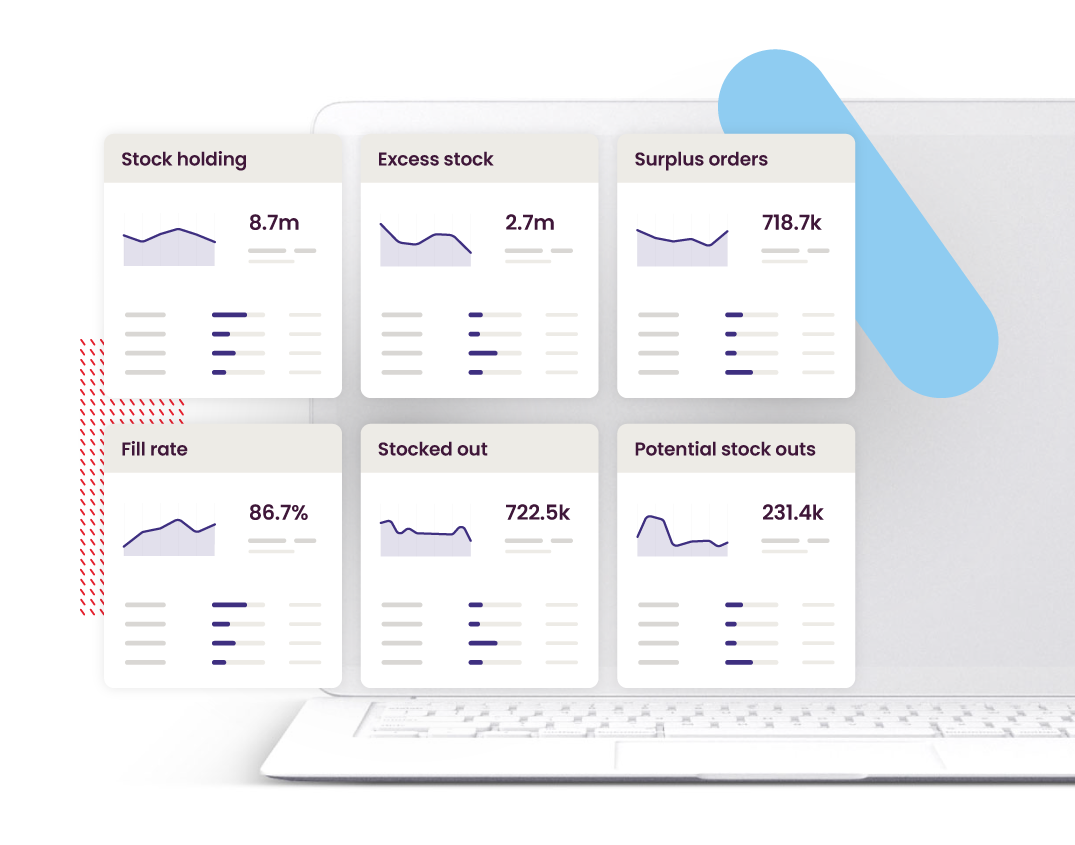
Inventory visibility
No more manual data gathering and painstaking spreadsheet management. Netstock automatically aggregates data from your ERP system, taking in supply chain and sales inputs to show you where you’re losing sales and revenue from stock-outs, and where you’re overinvesting in excess stock, all in a single view.
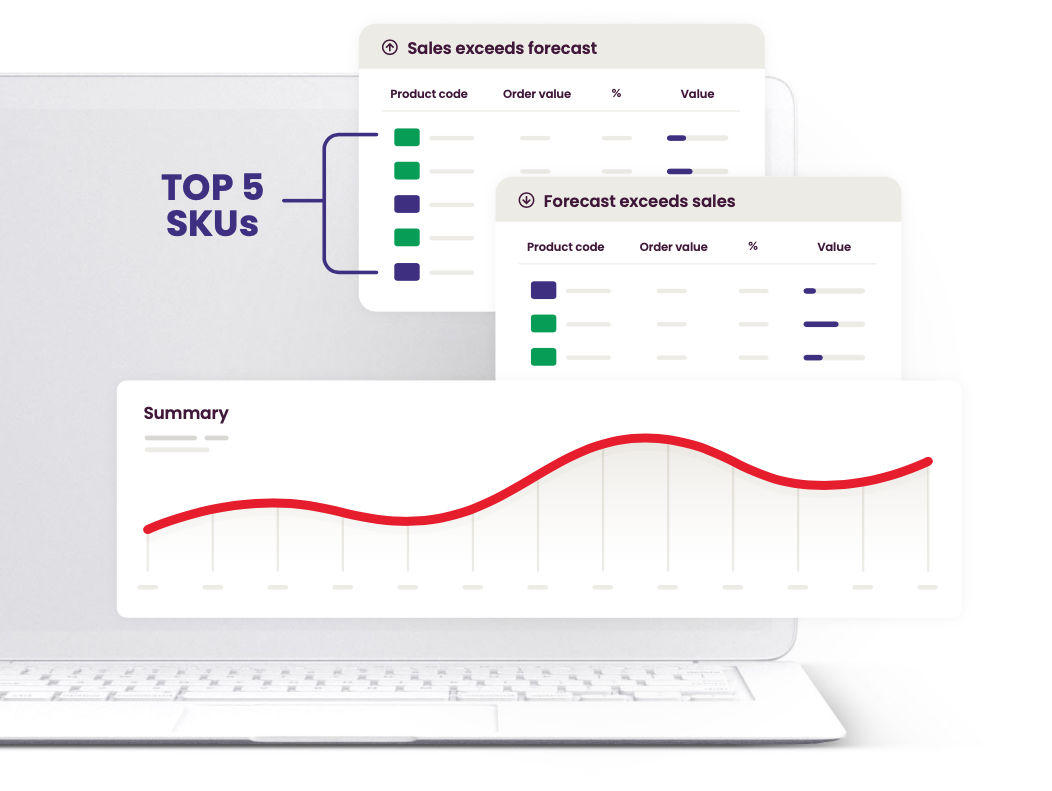
Automatic inventory classification
See the business value of every item in the warehouse. Netstock automatically classifies every item based on sales value and sales velocity, creating an intuitive matrix of product importance. This holistic inventory profile allows you to focus on your business’s most profitable and highest-demand items.
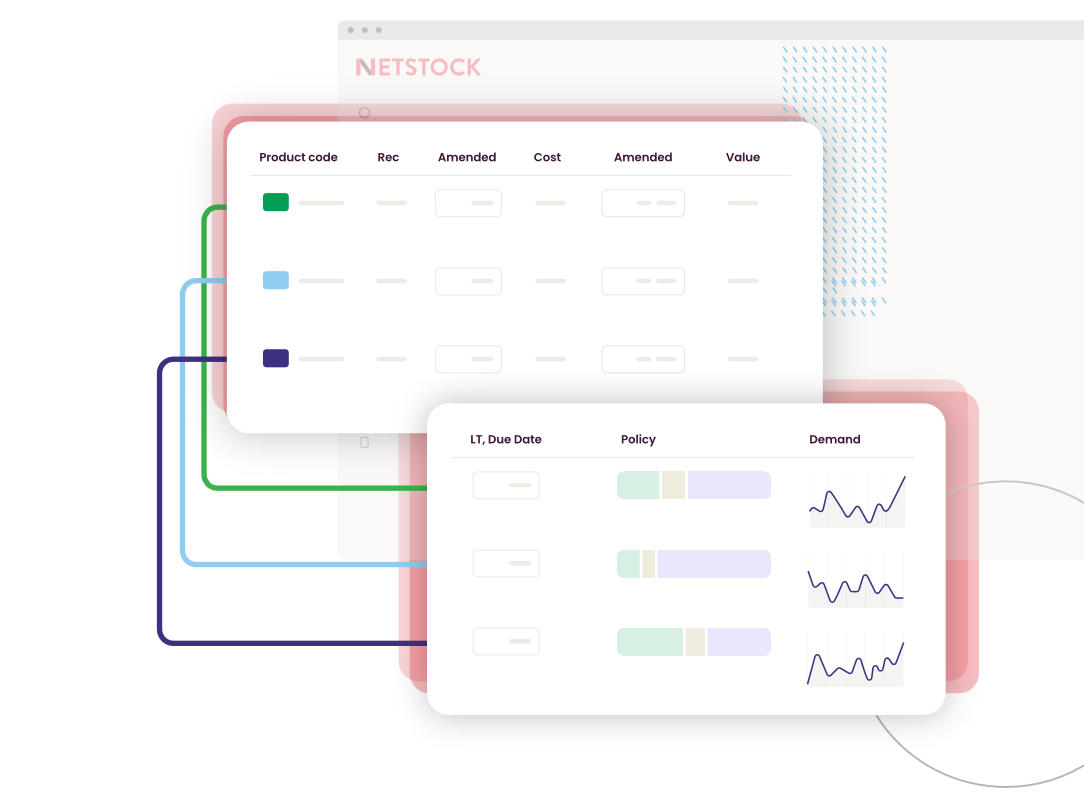
Prioritized dashboard
Netstock’s personalized and prioritized dashboards are pre-configured to show you the KPIs and metrics that matter most for your business and easily monitor performance. See the Top 5 SKUs under each KPI, such as stock-outs, excess stock and fill rate, and their classification, to recognize issues that require urgent attention and focus on actions that make the biggest business impact.
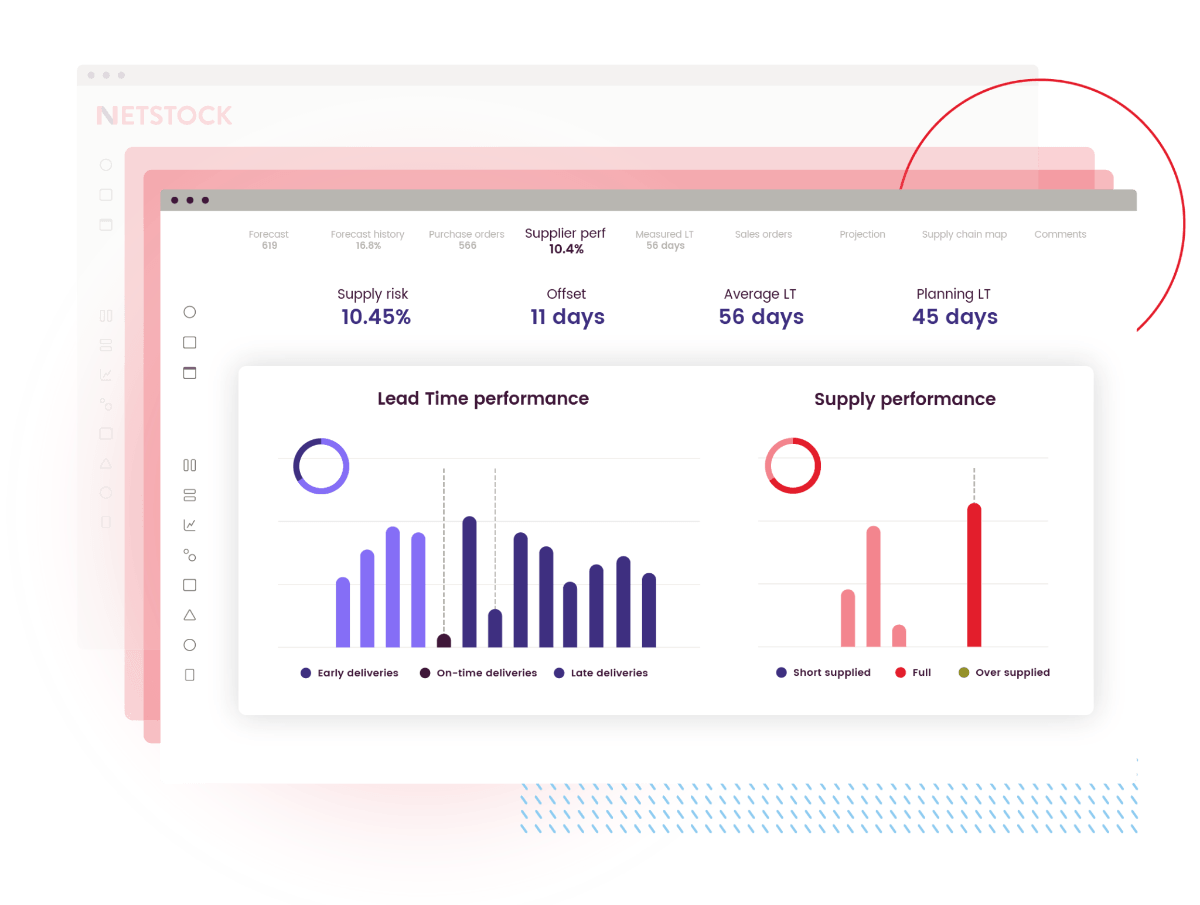
Accurate planning
Efficiently replenish stock while reducing operating costs through effective inventory planning and multi-tiered distribution channels with material requirements planning that comply with ordering constraints such as MOQs, vehicle loading, lot sizes, and lot expiration dates.
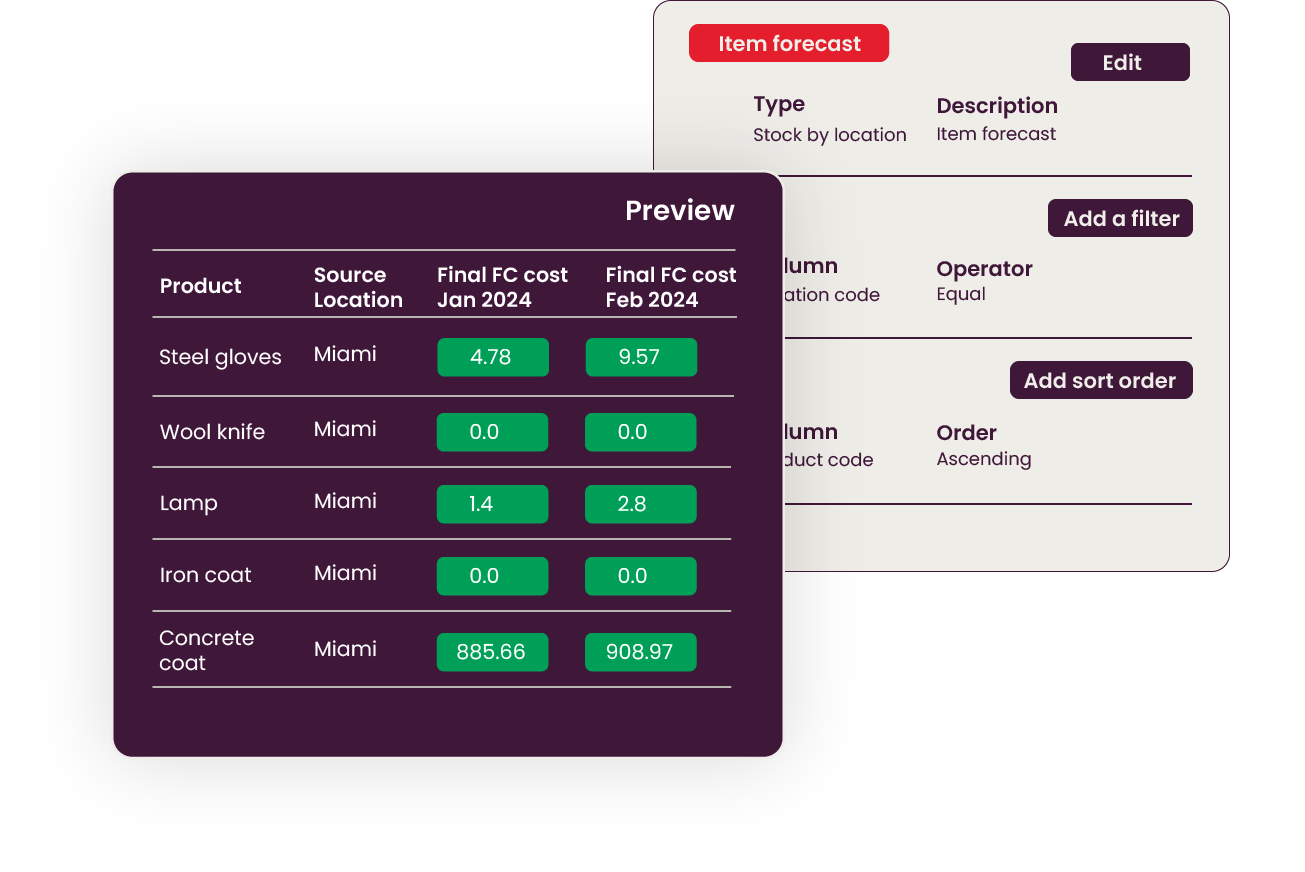
Custom reporting
Netstock’s Report Builder functionality allows you to build unlimited bespoke .xlsx reports on the go, containing direct, concise information you need for your business’s daily operations. Collaborate with team members and share findings to drive better decisions. Create instance-specific or private reports (ad-hoc or batch scheduled), add filters, and define sorting criteria. Instantly preview your report before finalizing it to ensure it meets your expectations.
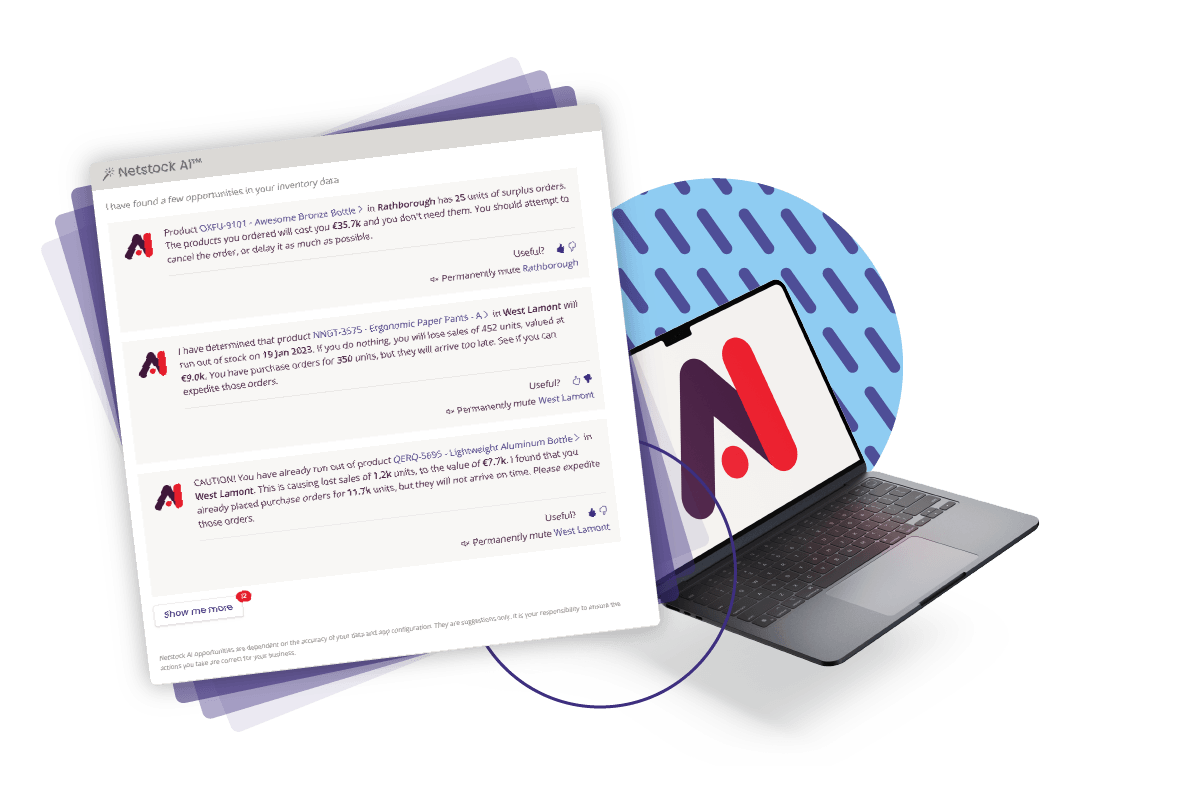
Opportunity Engine
The Opportunity Engine™ is AI functionality designed to prevent issues before they occur by analyzing inventory data across all locations. It suggests real-time actions to optimize stock levels, predict stock-outs, and reduce excess inventory. This prompts users to expedite orders and prevent lost sales. Users also have the option to vote on these suggestions, allowing the engine to learn and customize its recommendations.
Set inventory policy in line with your business goals
Optimize your inventory levels and financial investment with a data-driven inventory policy based on each product’s classification and risk profile. Reduce the impact of disruptions by modeling and measuring the impact of different policy decisions to reduce the risk of overstocking or stock-outs.
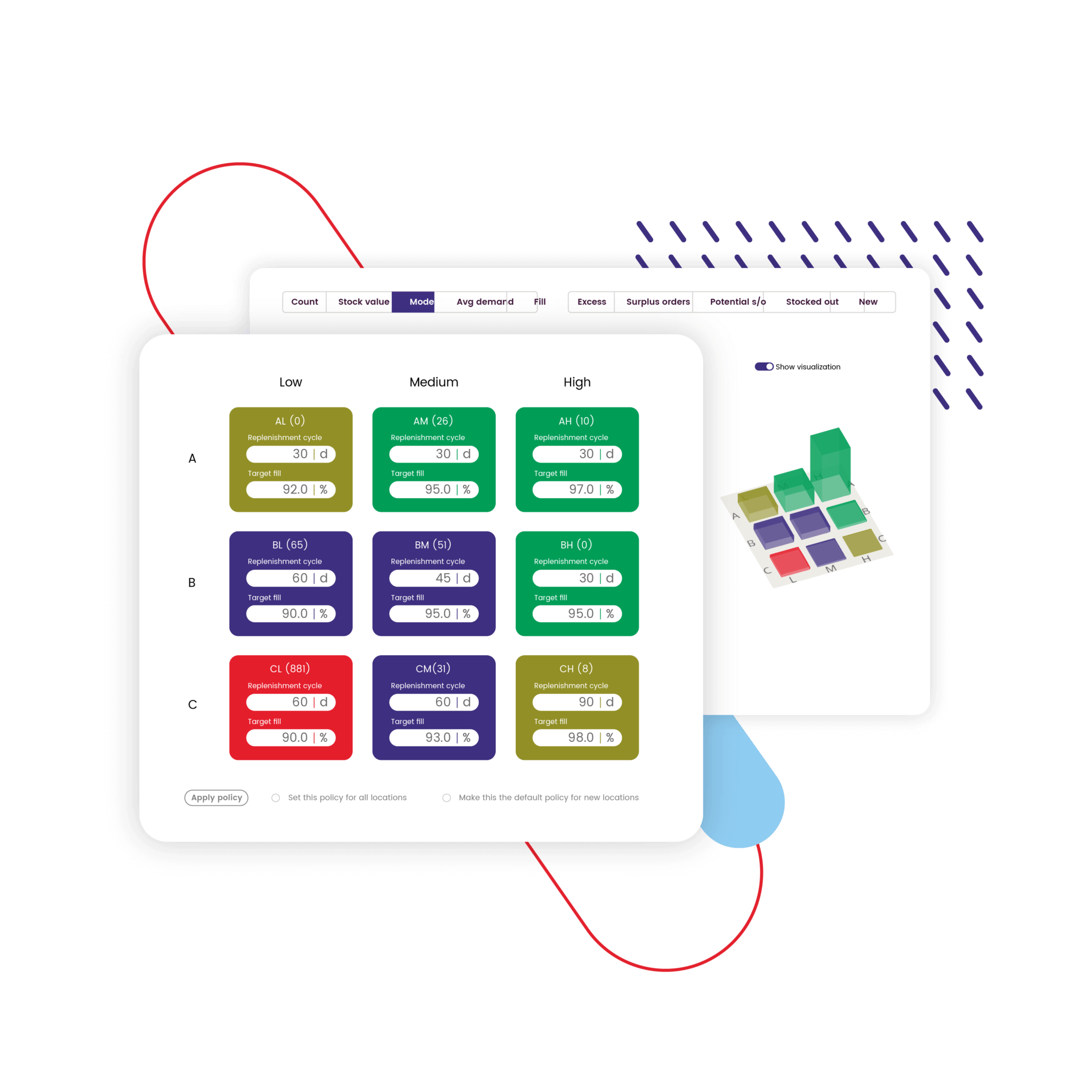
Classify products to increase visibility
Group stocked products according to their sales and velocity and set the replenishment cycle and target fill rate in line with each product’s classification. Gain immediate visibility into each classification’s policy such as stock value, calculated model stock value, average monthly demand, achieved fill rate, and target fill rate.
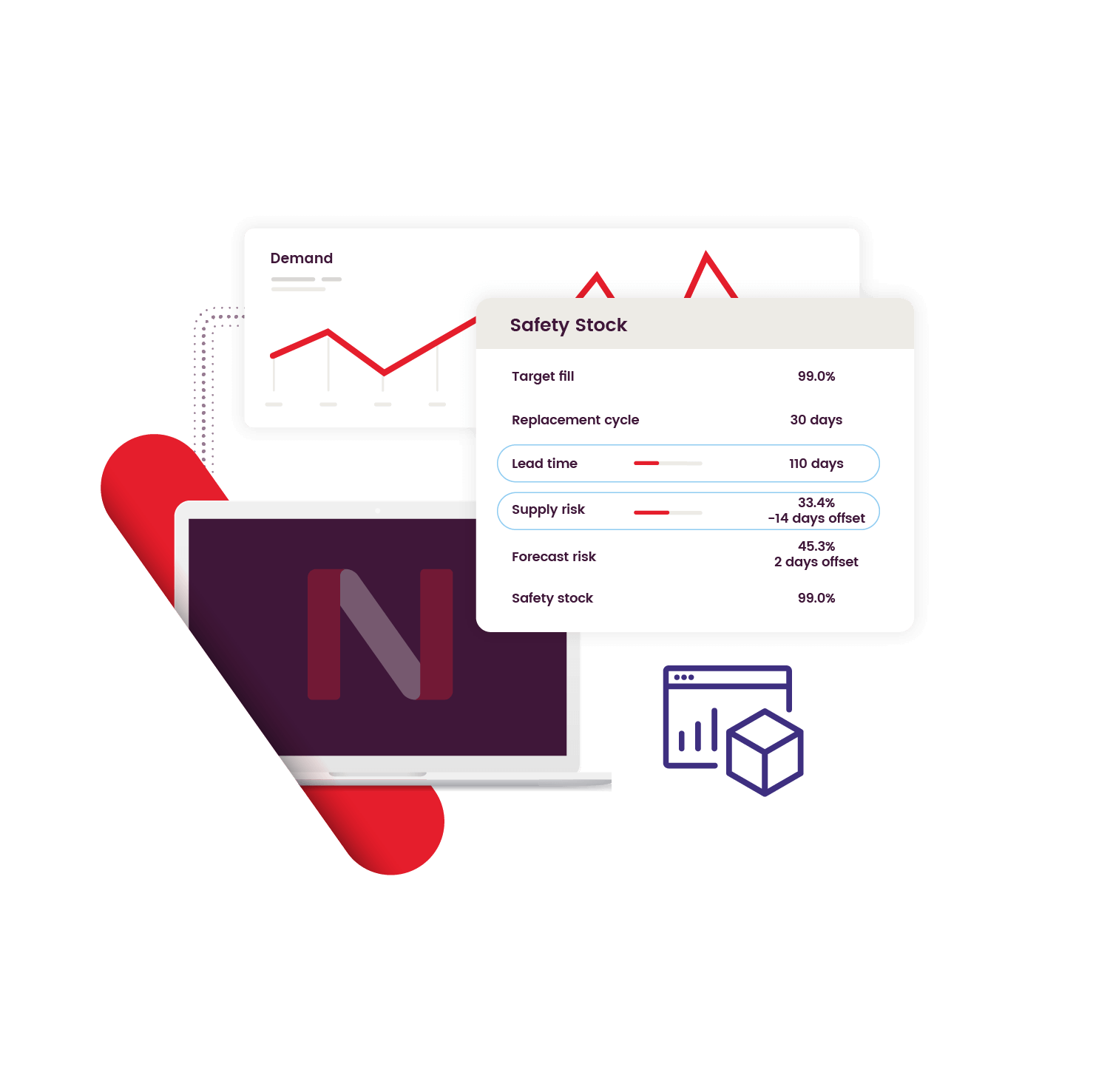
Set the right safety stock for stocked items
Safety stock is designed to mitigate supply and demand risk. When the stock level reaches this minimum level, the stock will automatically be replenished to fill the forecasted demand and ensure that the target fill rate is achieved.
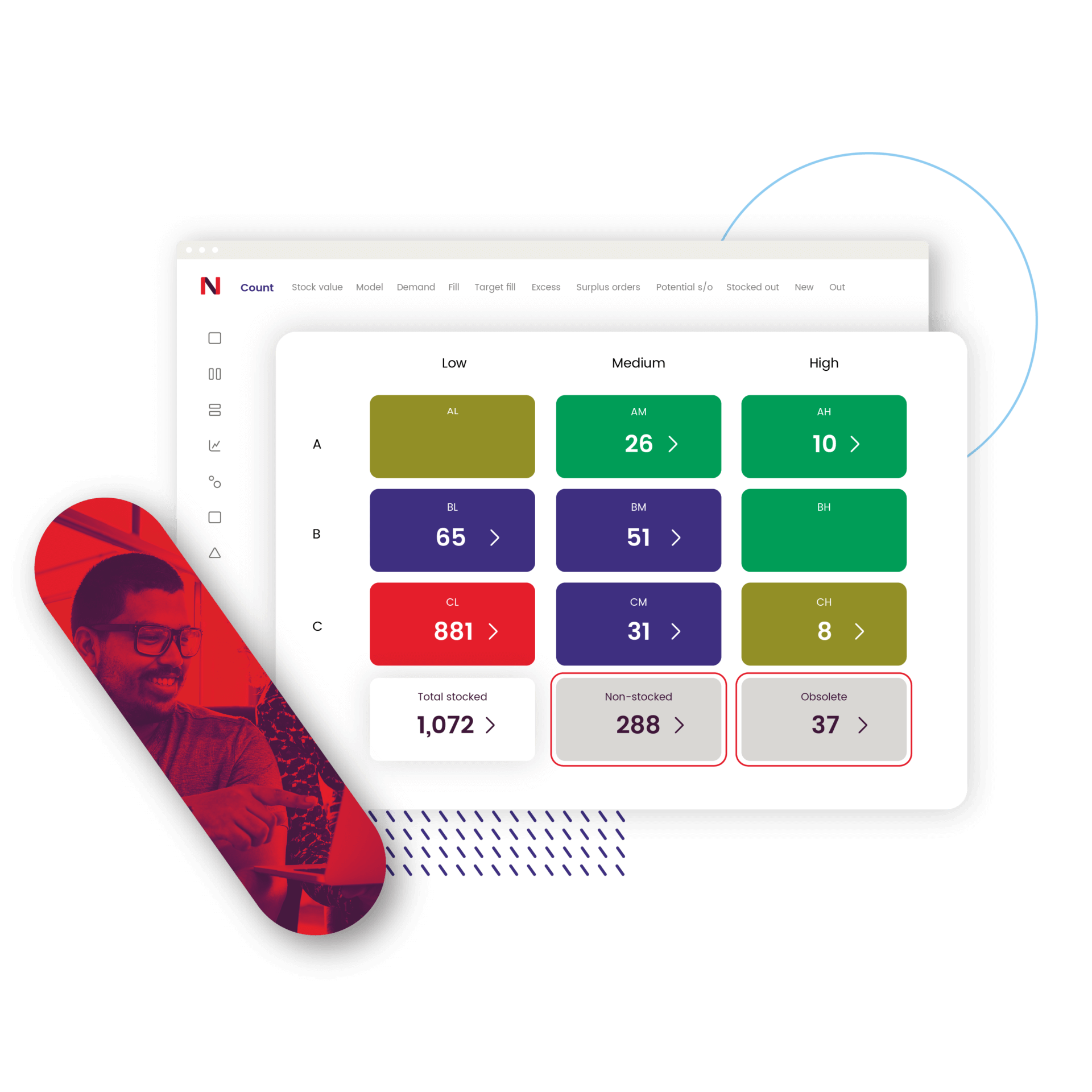
Identify obsolete and non-stocked items
Setting the correct stocking indicator is essential to replenishment and determines what data is applied when calculating the recommended order. Non-stocked items are only replenished when a customer places an order and the goal is to hold zero stock. Obsolete items will never be ordered, there can be stock, and it can be sold, however the stock is never replenished.

Refine your inventory policy
Set the inventory policy at a national level or by product or location – if you have multiple stocking locations for an item. The policy allows for flexibility, enabling you to create manual policy overrides to a specific policy for an individual product, location, or supplier.
Create a data-driven inventory policy
Your personalized dashboard gives you quick, clear visibility and prioritized recommendations to help you optimize your inventory. With Netstock, you can set smart inventory policies that align with your business goals, make meaningful improvements fast, and save significant capital along the way.
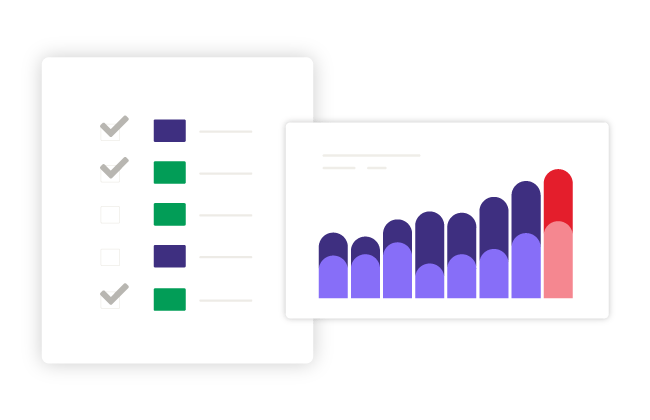
Set target fill rates
Set fill rates by prioritized categories and track performance in real time.
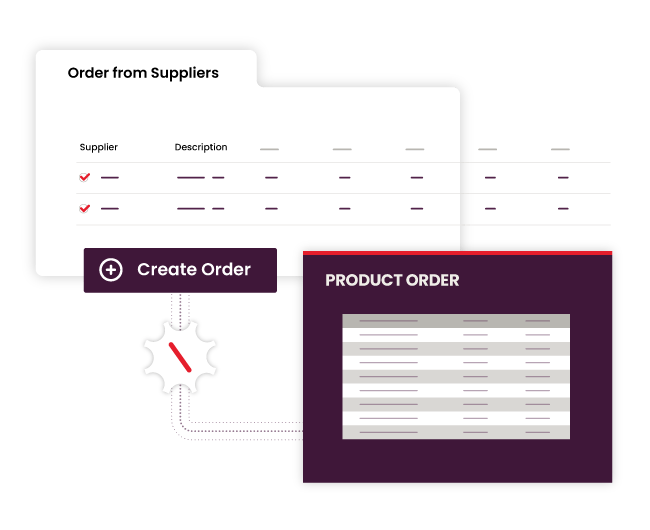
Optimize ordering
Set ordering policies that balance dynamic lead times and supply risk to order the right amount at the right time to hit fill rate targets.
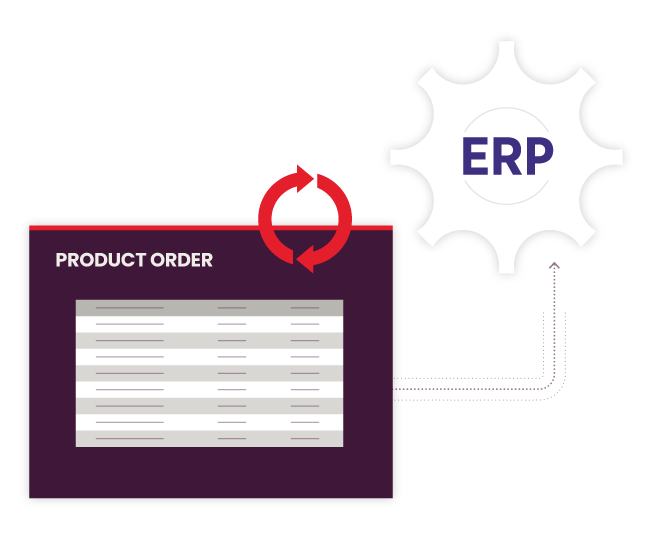
Automate ordering
Netstock automatically generates optimal orders based on your data-driven inventory policy — and seamlessly feeds that order information back into your ERP system.
Our solutions
Netstock has the solutions you need to help you achieve and manage optimal supply and demand levels.
FAQs about inventory optimization
Inventory optimization is the process of analyzing and adjusting inventory levels to achieve optimal stock levels, minimize waste, and maximize profitability. It involves using data and analytics to determine the optimal inventory levels, taking into account factors such as customer demand, lead times, and supply chain costs. Inventory optimization is essential for businesses to remain competitive, as it enables them to reduce inventory costs, improve customer satisfaction, and increase profitability. By maintaining the right balance of inventory, companies can ensure they meet customer demand without overinvesting in stock, thus optimizing their overall supply chain performance.
Multi-echelon inventory optimization (MEIO) is an advanced inventory optimization technique that involves optimizing inventory levels across multiple echelons of the supply chain. MEIO takes into account the interactions between different echelons of the supply chain, such as manufacturing, distribution, and retail, to determine the optimal inventory levels. By considering the entire supply chain network, MEIO helps businesses reduce overall inventory costs, improve service levels, and enhance supply chain efficiency. This comprehensive approach ensures that inventory is strategically positioned throughout the supply chain, minimizing the risk of stock-outs and excess inventory while maximizing responsiveness to customer demand.
Inventory control, inventory management, and inventory optimization are closely related but serve different purposes:
- Inventory control focuses on tracking stock levels in real time, ensuring accuracy, and preventing issues like overstocking or stockouts.
- Inventory management is a broader strategy that includes inventory control but also covers procurement, storage, order fulfillment, and overall supply chain coordination.
- Inventory optimization uses data and analytics to ensure the right amount of inventory is available at the right time, minimizing costs while maximizing efficiency and service levels.
Together, these practices help businesses streamline operations, reduce waste, and improve profitability.
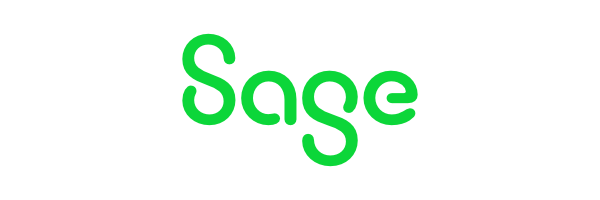
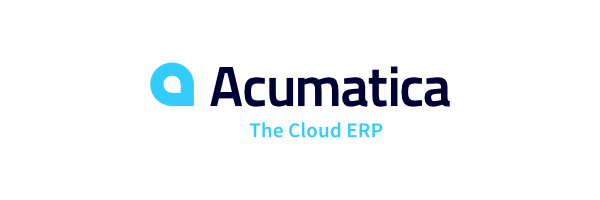
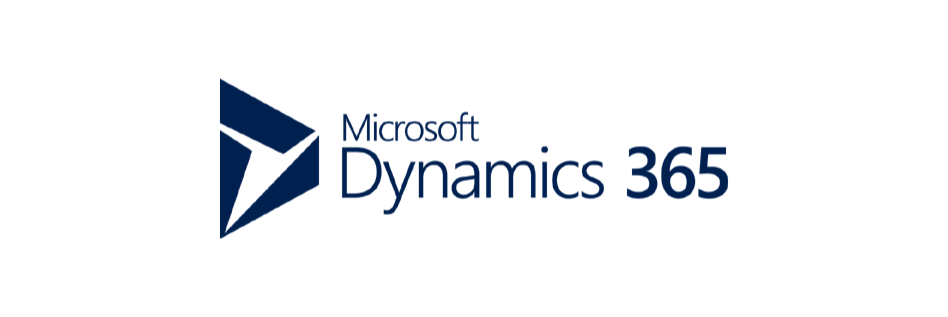
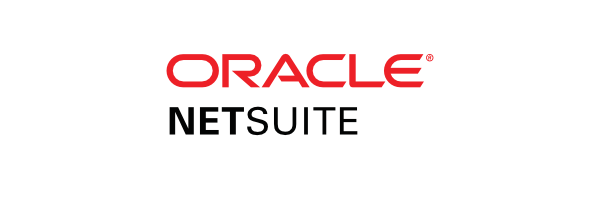
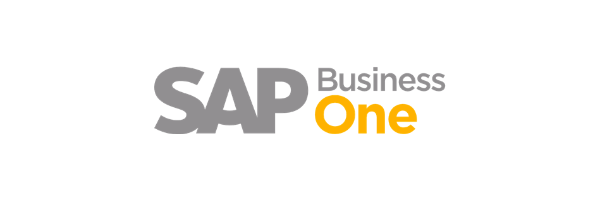
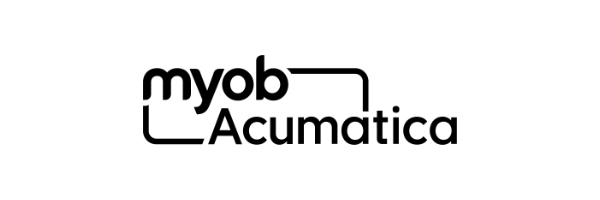
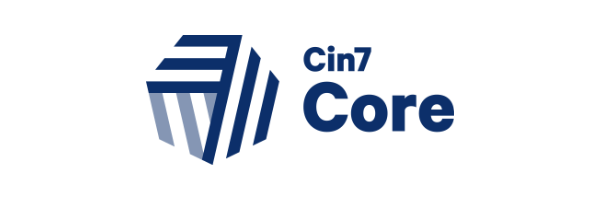
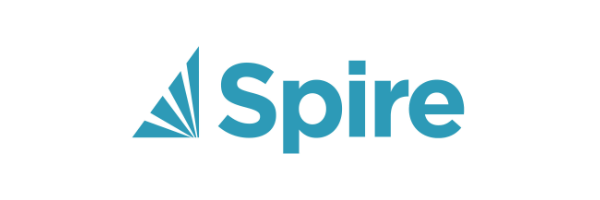
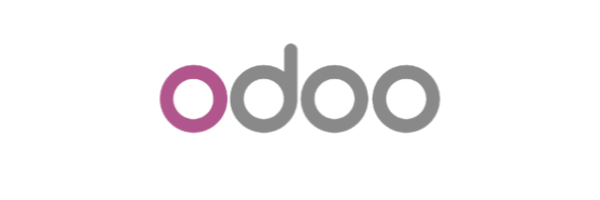
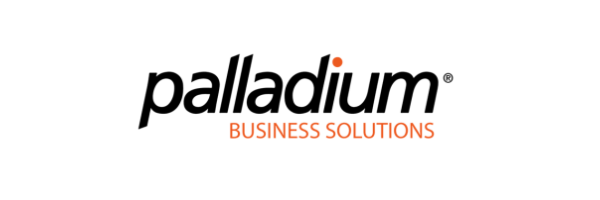
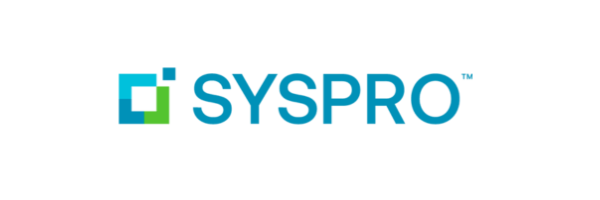

 Inventory
Inventory  Inventory
Inventory  Inventory
Inventory  Supplier
Supplier  Demand
Demand  Capacity
Capacity  S&OP
S&OP